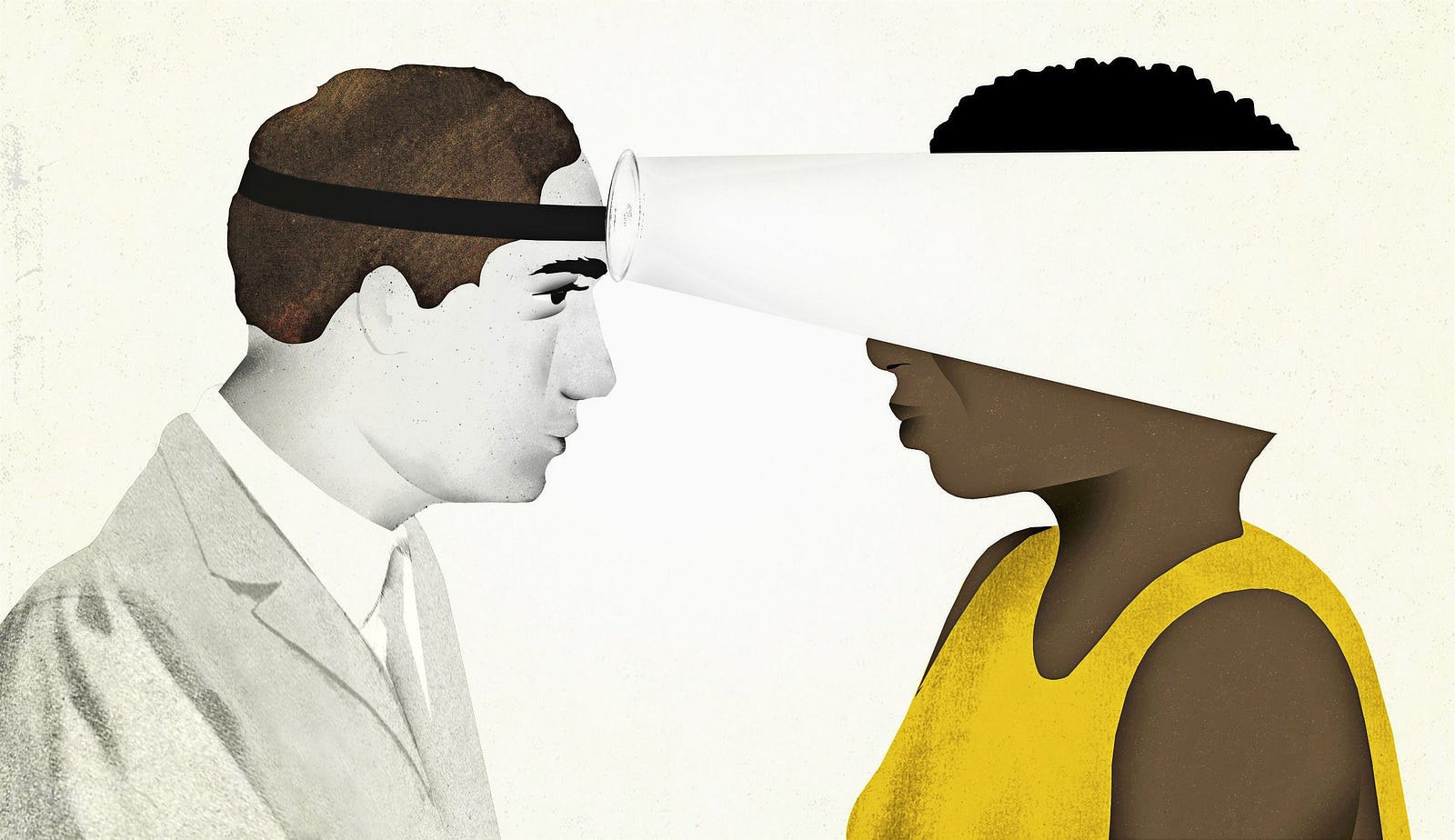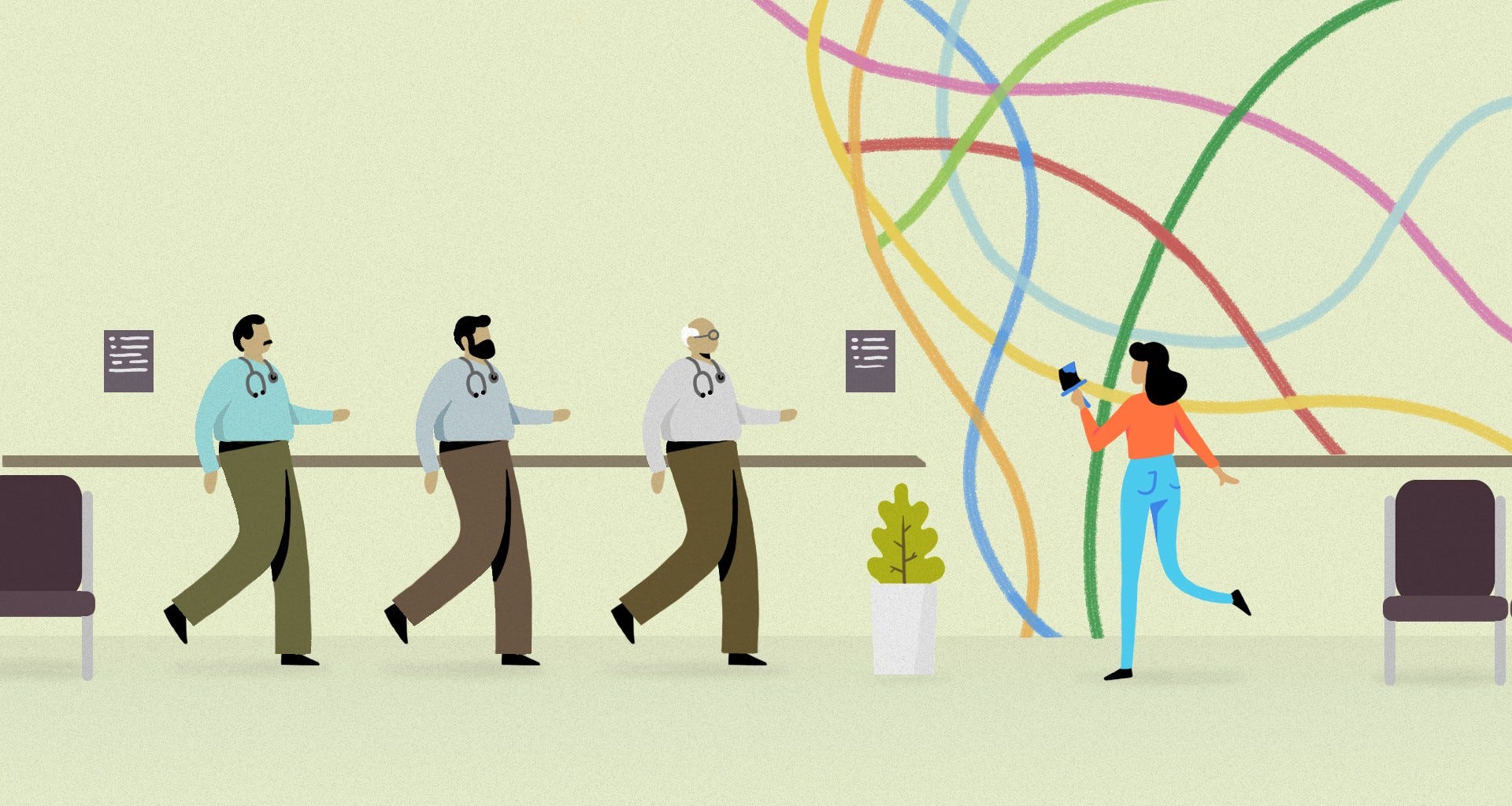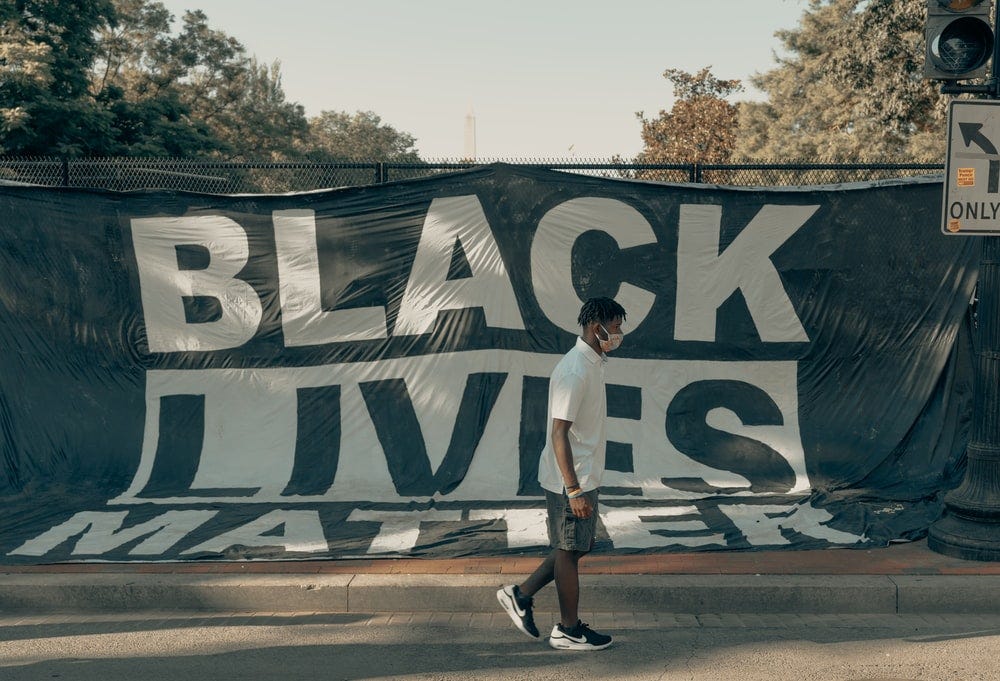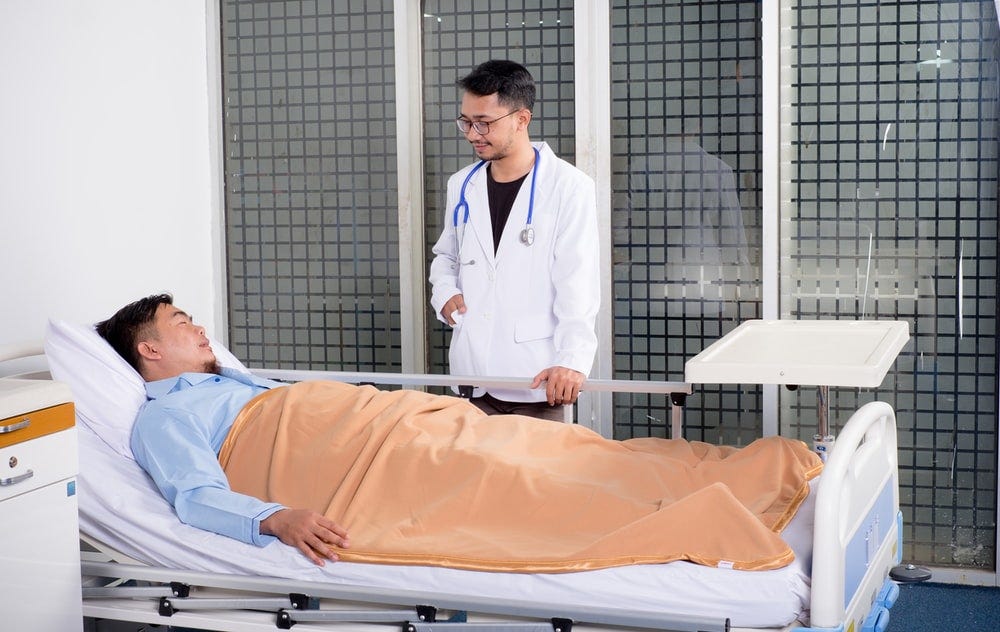 Bias in Healthcare
Bias in Healthcare
What does that even mean?
Human beings come from every corner of the land, having a variety of aspirations and their own set of beliefs & experiences. Unfortunately, this very diversity amongst them has over time made it a cause of divide and discrimination. This discrimination restricts humans from getting access to even basic amenities like healthcare. Today’s healthcare system poses a problem of its kind. In most developed countries, healthcare aid promises to deliver the best medical attention and support but there are certain major flaws in the system. Medical Bias is one such area where the entire healthcare vertical requires a reboot.
In such a scenario, the struggle with a chronic illness does not only remain a struggle for one’s health but also becomes a fight against the system to maintain dignity. There have been several instances where the medical community has subconsciously intensified the pain that their patients go through by downplaying their experience or even invalidating them completely. According to reports, in many cases, women having symptoms of fatal illness have been misdiagnosed as being clinically depressed, while people of color are often differentiated based on their “biological differences”.
Case study #1
Sexual Bias: A woman’s 15-year Journey to Diagnosis
Stephanie Tait, a 34-year-old woman who lives in California, Bay Area has been one of the victims of medical bias. She struggled right from her teens when she was in high school until 2016, with no proper diagnosis. She believes that her chronic illness and multiple health issues are a result of her delayed diagnosis. She claimed seeking medical help from over a hundred doctors but most of them reacted with a biased answer to her illness. When she was in high school and she started facing some initial symptoms of the disease, she decided to visit the hospital. Her doctor remarked her as ‘too pretty to be sick’. As she grew up, her illness became worse. Suddenly she started getting injured very frequently, her joints started coming out of the sockets and ligaments started tearing apart after doing normal household chores. Doctors said that it is a way her body is reacting to depression and she is sick because she is clinically depressed (TODAY.com, 2019).
“When I asked about further testing for Lyme disease, I was met with questions about my diet. When I described my increased dependence on my cane, I was questioned about my exercise routine. I left the appointment with handouts on why this doctor believed most everyone should maintain a vegan diet” — Stephanie
After 15 years of suffering from a chronic illness and worsening symptoms, she saw more doctors than she could count. Stephanie’s case is not a unique one. Anecdotally, women have shared terrifying incidents for many years about their experiences with doctors. Amidst all this, an important question arises — What can we do to bridge the divide in the medical industry and make the patients feel heard?
Case study #2
Racial Bias: How a person’s skin color determines the course of their treatment
One of the recent studies by Yale researchers reveals that there exists a racial inequality among the patients who are prescribed opioids, a form of painkiller. Black patients who are consuming opioids for a long course of medical prescription are more likely to be charged with illegitimate drug use and have their medications discontinued. The study revealed during the first six months of the therapy, very few patients were held guilty for such an offense but the number of black patients was twice as likely as whites for undergoing the test to be proven guilty. Another research in ‘Trends in Racial Disparities for Injured Patients Admitted to Trauma Centers’ reveals that the gap in the quality of treatment and care between black and white trauma patients has not narrowed down over the past 10 years. The authors conducted a study on 191,887 patients admitted to various trauma centers. The result of the study highlighted that trauma centers with a higher concentration of black patients i.e. more than 20 percent of black patients had a 45 percent higher rate of death as compared to other trauma centers that have a lower ratio of blacks admitted to them.
All the above findings lead to a common conclusion, an individual’s skin color leads them to be treated differently for medical diagnosis and treatment. This does not mean that all the doctors and the caretakers are biased. What it means is that humans have biases and doctors are after all humans. These biases crawl into the system and lead to heart-wrenching practices and tragic results. Among such testing circumstances, it is felt that there is a lack of empathy for the patients without judging them based on their caste, religion, creed, color, or sex. Such a system where the patient’s voice remains unheard and their pain remains unfelt is a clear violation of the mission and duty of the medical profession. This calls out for a need for bridging the medical gap for patients and a more inclusive system that not only is based on medical ethics and empathy but is unbiased and sensitive to their needs.
Moving towards the solution
Paying attention to the above two cases where proper healthcare was denied to patients owing to factors beyond their control, one can observe that the ideal solution would be one that focuses on the following problem areas: (1) The patient feels that they are diagnosed and treated without being heard, (2) The treatment flow is from a doctor to the patient which feels like a passive methodology, (3) A lack of awareness and empathy among the healthcare system is observed. Knowing the problem is not enough, understanding the patient’s mental and physical state is also equally important. In light of these considerations, the best solution would be to facilitate the active involvement of patients and medical practitioners during treatment and decision making.
 The intersection of medicine and design | Image by Jacob Dwyer
The intersection of medicine and design | Image by Jacob Dwyer
1. Patient-Centered Participatory Design: An Approach to solving medical bias
Patient-Centered participatory design is an approach of involving patients, doctors, and supervisors as stakeholders in the healthcare ecosystem. There has been a long term notion that doctors are experts in the healthcare system. The patient-centered participatory design considers patients as a maker, expert, and collaborator. Considering both patients and caregivers as experts, understanding health problems will untangle the reasons behind the medical bias.
2. Bring patients to the table and treating them as equal contributors to the healthcare ecosystem
Patient engagement is one of the key strategies for a better healthcare system. By increasing patient engagement, we can value and validate patients’ needs and feelings. This will create an environment of trust and comfort for both the caregivers and the patients. The caregivers will not only be able to understand the patient’s symptoms and effectively diagnose them, but they will also develop empathy towards the patient. Letting the patient drive conversation about what problems need to be identified and prioritized will help develop a feeling of trust in the healthcare ecosystem. This feeling of mutual trust and understanding might be very helpful in bringing down the number of incidents of medical bias, as the caregivers will have a better understanding of patients and what they are going through.
3. Bias training as a part of the collaborative design process
Fostering patient involvement in a healthcare ecosystem to combat medical bias should not be limited to a one-to-one interaction between the patient and caregiver. Training sessions should be conducted to make everyone aware of the conscious and subconscious bias, social stereotypes, and common issues faced by people. Feedbacks of improvements from both caregivers and caretakers will cultivate a strong, cohesive, and close-knit relationship that will help reduce medical bias to a great extent.
4. Patients as a change agent in the process of co-design: Self advocation
Designing for a social change comes along with responsibility. As much as the other members of the healthcare ecosystem are held liable, we are also responsible for not accepting the bias and fighting against it. Stephanie Tait is an exemplar of fighting against all the odds. She believed that she was not mentally unstable but instead physically unfit, and got herself diagnosed with the right disease. Though it took 15 years for her to get diagnosed, her story is an inspiration in itself to many as it motivates them to keep striving. No matter how difficult the caretaker is, we should try to give them polite feedback such as “This is not working for me doctor!”, “Could we try it this way?”, “I do not know if that is normal but I have gotten worse since the last time we met.” or “Here is something that might suit me better and would help you achieve what you want.”
Creating a shared understanding is a responsibility that needs to be taken up by everyone in the ecosystem to battle medical bias in the existing society.
We will no longer be surprised that a community endeavor where people wanting to tackle an issue as massive as this can result in a more inclusive healthcare facility for all.


Thank you! Very useful information.